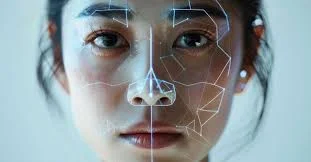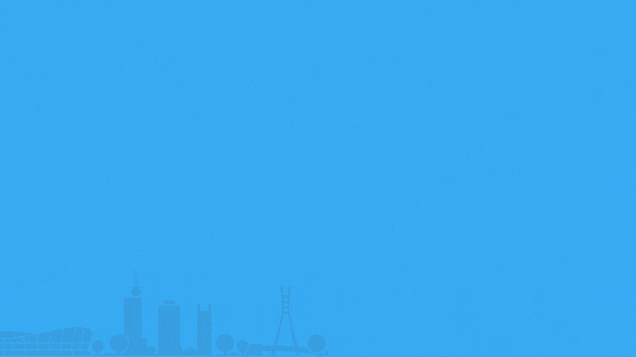I did not plan to write about deepfakes today. Then I stumbled across a video of Neil deGrasse Tyson discussing a topic I follow closely. His voice, his expressions, his cadence, everything felt genuine. Only it was not. It was an AI-generated deepfake. The unsettling realism forced a pause. If a respected public figure could be mimicked so convincingly, what chance does the average person have in distinguishing truth from fabrication?
That moment made one question difficult to ignore: why was this technology created, especially at a time when truth already struggles to survive the digital chaos?
A Personal Shock That Exposed a Bigger Problem
Seeing that fake clip was not simply surprising, it was disorienting. I am used to filtering information online, but this crossed into a new realm. It was not misinformation as the text or manipulated headlines. It was reality, rebuilt. And it left me wondering whether innovation has begun outrunning society’s ability to understand, regulate, and ethically use it.
In a world drowning in conspiracies, propaganda, and agenda-driven content, do we really need technology that can erase the boundary between fact and fiction?
The Original Intent Was Noble, But the Outcome Is Frightening
Deepfakes did not start as tools of deception. Researchers originally explored this technology for film, accessibility, medical training, and language personalisation. The idea was progress, creativity, and inclusion.
Yet, like many breakthroughs, the technology slipped beyond its intended box. Open-source releases made powerful tools available to anyone with a laptop. What began in labs quickly became a playground for harassment, political manipulation, and fraud.
We now live with the consequences: a world where a face and a voice are no longer proof of anything.
A Technology Designed in Curiosity, Adopted by Chaos
We often celebrate innovation with blind optimism. But deepfakes sit in a troubling category, technology humanity did not request and is not prepared to manage. The dangers are concrete:
-
False political speeches during elections
-
Fabricated evidence in legal disputes
-
Identity theft and voice cloning for financial scams
-
Personal reputations destroyed through synthetic media
-
The rise of the liar’s dividend and people dismissing real evidence as fake
The threat to public trust could be massive. If anything can be fake, then nothing can be trusted.
Real Uses, Real Risks – but Imbalance Remains
It would be inaccurate to deny beneficial applications. Cinema can be transformed. Education becomes immersive. Historical preservation gains new possibilities.
But do these benefits outweigh the societal damage? At this moment, no. The pace of harm far exceeds the pace of safeguards. Deepfake detectors improve, but so do tools to evade detection. Regulations form, but the technology runs ahead. Human judgment, once reliable, is now fragile.
We have entered an era where your eyes can deceive you and your instincts may betray you.
Living in a World Where Even Reality Must Be Verified
That Neil deGrasse Tyson deepfake was a glimpse into a future already here. Technology, once celebrated as clever, has become a weapon that erodes trust. We are left negotiating a difficult truth: not all innovation serves humanity, and not all progress deserves applause.
Deepfakes force us to rethink what authenticity means. They demand stronger digital literacy, robust safeguards, and ethical responsibility from those building these systems. Most importantly, they remind us that society must question not only whether something can be built, but whether it should.
Because some technologies expand possibilities, others, like deepfakes, shrink certainty.
And certainty is something we can no longer afford to lose.














